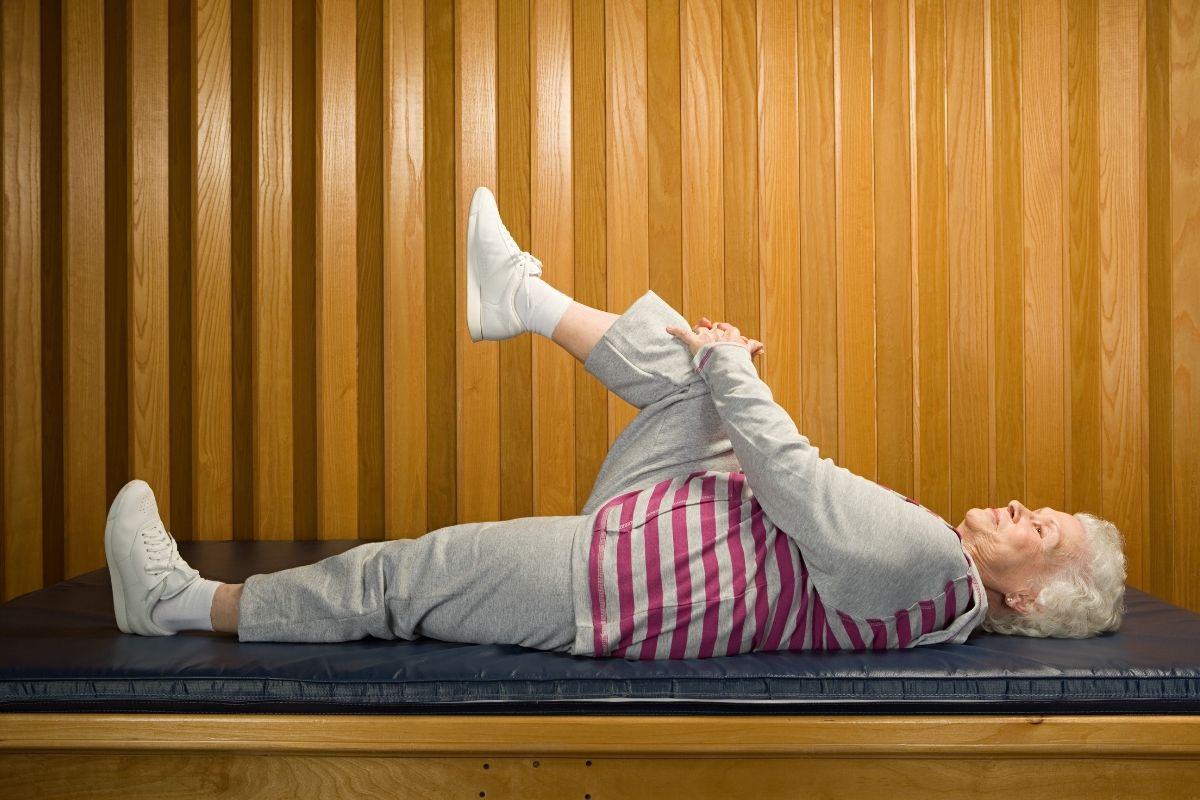Reviewed 9/26/2022
Many times over the years, I explained Kegel exercises to patients. Patients who were postpartum and losing urine with coughing, laughing, sneezing, or exercising. Patients who had developed mild to moderate stress incontinence gradually over the years. Patients who had noticed increasing pelvic heaviness or pressure, and on the physical exam had mild to moderate loss of support of the bladder, the rectum, or the uterus. Mild stress incontinence is common in most women and easily controlled with a mini pad. What I am talking about is a loss of quantities of urine that is socially or sexually embarrassing.
Dr. Kegel (1894-1981) developed the exercises that carry his name after noting that women’s pelvic floor muscles (the pelvic sling) were weakened by childbirth. The sling is a group of muscles that extend from the pubic bone to the tailbone in the shape of a hammock. These muscles support the bladder, uterus, and rectum. The weakening of these muscles can cause stress incontinence and eventually allow these organs to bulge into the vagina.
His research found that postpartum women began to experience relief from stress incontinence after 2 to 4 weeks of exercise. Dr. Kegel also noticed that diligent patients were achieving orgasm more easily, more frequently, and more intensely. Current research supports his initial findings and has added the following findings:
- Increased blood flow and nerve supply to the pelvic region.
- Increased thickness of the vaginal wall and increased lubrication.
- Rehabilitation of the pelvic floor muscles after childbirth.
- Improved sexual response and function.
- Prevention and treatment of stress incontinence.
- Prevention and treatment of pelvic relaxation and organ prolapse.
What are Kegel exercises and how does one do them? Kegel exercises strengthen the pelvic floor muscles by isometric contractions of the muscles that one can feel with a conscious effort to stop urine flow. Patients are coached to practice stopping their stream while urinating. They are also coached to tighten these muscles as if they were trying to draw water into the vagina. Several repetitions daily are recommended, those who are going to benefit, the majority, can expect improvement with a few weeks, with more time and commitment, more improvement. Vaginal devices such as cones and balls can also be used. They are inserted like a tampon and just keeping them in place strengthens the pelvic floor muscles without having to do exercise routines.
One type of ball is the Ben Wa Ball. The use of the balls was first recorded in the early centuries A.D. in Japan. The balls were made of metal or ivory. The female inserted the balls into the vagina in order to increase sexual pleasure for her partner. They also increased the intensity and frequency of orgasm of the female. Ben Wa Balls today are tiny metal or plastic hollow balls with a smaller ball placed inside. The rolling of the smaller ball causes subtle vibration and patient awareness.
Keeping the balls inside the vagina strengthens the pelvic floor muscles. The sexual benefits are a bonus. The larger the balls, the easier it is to retain them. With strengthening one progressively graduates to the use of smaller balls. Patients can begin with workouts of 10 minutes, trying to keep the balls in place. With practice, patients can keep them in place without thinking about them, even for several hours.
So what is the take-home message? Kegel exercises are important for women of all ages, as important as going to the gym for good abs and other muscle definition and strength. They prevent and treat stress incontinence. They prevent pelvic organ prolapse. They improve sexual response. Do the kind of exercise routine that is convenient and works for you.





